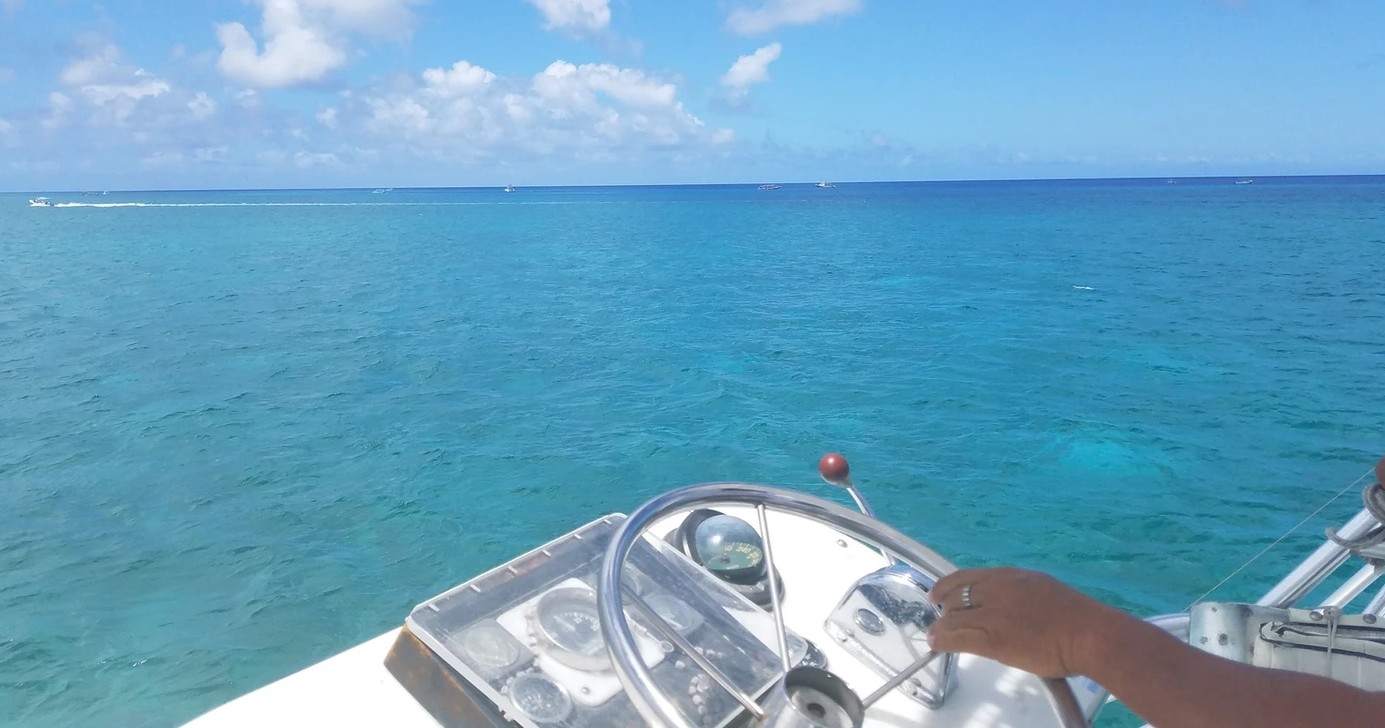Timing Strategies to Catch Optimal Weather on Texas Coast Excursions
Discover how to master timing for your Texas coast excursions and catch the best weather conditions. From spring’s mild breezes to the Gulf’s morning calm, this guide offers practical tips and insights to make every coastal adventure both exhilarating and safe.
Start Early to Beat the Heat
Plan hikes in the early morning hours when temperatures are coolest and winds are calmer, reducing strain and improving enjoyment.
Wear Wind-Resistant Layers
The coast’s winds can change suddenly; lightweight, windproof jackets help maintain comfort without overheating.
Bring Ample Hydration
Salt in the air and exertion increase dehydration risk; carry enough water and consider electrolyte supplements for longer routes.
Check Weather Updates Frequently
The coastal environment can shift quickly—monitor local weather forecasts and be prepared to alter plans if storms approach.
Timing Strategies to Catch Optimal Weather on Texas Coast Excursions

Large Group Island Hopper Adventure - Groups of 7-12
Two Boats • 4, 6, and 8 Hour Charters • For Groups of 7-12
Set sail with The Borden Company on their Large Group Island Hopper Adventure in Marathon, Florida. Snorkel, relax, and share drinks with friends as you explore the best of the Keys from the water—perfect for groups ready to make waves together.
Exploring the Texas coast is a dynamic venture where weather plays a decisive role in shaping the adventure. The Gulf’s unpredictable temperament demands more than just enthusiasm; it requires strategy. To experience the Texas coast at its best, timing is key—not just the season but the hour.
From Corpus Christi to Galveston, the flat terrain offers long, open trails that stretch along sandy shores and through salt marshes. These routes range from 3 to 10 miles, mostly flat with some intermittent dunes and coastal wetlands that test footing with soft sand and mud patches. The air carries the scent of brine and salt marsh, while the wind doesn’t simply blow; it pushes and challenges, making it a constant factor to anticipate.
Spring and fall stand out as the golden windows to plan an excursion. The heat takes a pause, humidity drops, and winds shift to gentle whispers. Temperatures between mid-60s to mid-80s Fahrenheit create conditions inviting both for day hikes and early morning birdwatching along the coast’s edges. In contrast, summer demands early starts before the sun wrests control, but prepare for unexpected storm bursts as the Gulf swells with tropical energy.
To catch optimal weather, aim for outings either early in the morning or late afternoon. The sun, a relentless entity from noon onward, intensifies heat and glare radiating off both water and sand. Early mornings gift a calm Gulf, where water mirrors the sky and shorebirds rise with the tide. Mid-afternoon coastal breezes kick up, charging the environment with fresh energy but also dust and biting wind.
Practically, pack layered clothing that wicks moisture and shields from wind—sun hats, sunglasses, and light, waterproof outerwear prove invaluable. Footwear should handle wet sand and muddy patches without sacrificing grip or comfort, while hydration is non-negotiable; salty air and exertion demand plenty of water and electrolytes.
Checking local forecasts is essential but reading the environment gets you further. Watch the clouds for signs of Gulf storms—grey sheets gathering or sudden shifts in wind direction—and respect the coast’s mood swings. Plan flexibility into your schedule to avoid being caught on exposed trails during a weather turn.
Ultimately, the Texas coast is fiercely itself: unpredictable yet welcoming, raw yet accessible. Timing your excursion with an eye on the weather crafts an experience that is both thrilling and manageable—a way to truly engage with a landscape that is always in motion.
Nearby Trips
All Adventures
Boat Charters
Water Activities
Adventures near Corpus Christi
Discover the unique and memorable adventures that make Corpus Christi special.
Frequently Asked Questions
When is the best time to avoid crowds along the Texas coast trails?
Early spring and late fall offer fewer visitors, cooler temperatures, and comfortable conditions. Weekdays tend to be quieter than weekends, allowing for more solitude.
What wildlife might I encounter on coastal hikes here?
Expect to see migratory shorebirds like sandpipers and herons, as well as resident species such as raccoons and even occasional dolphins visible offshore.
Are there any safety concerns related to coastal weather?
The Gulf can develop sudden thunderstorms, especially in summer. Be mindful of changing skies, avoid isolated areas during storms, and have a clear exit plan.
How do tides affect hiking along the coast?
Some trails near estuaries and sandbars can become impassable at high tide, so time your hike around tide tables to avoid getting stranded or navigating flooded areas.
Are there any historical features to explore on the Texas coast?
Many coastal areas feature remnants of old Texan fishing settlements, shell middens from indigenous communities, and WWII-era bunkers along parts of the Gulf shoreline.
What steps are taken to conserve these coastal paths?
Local conservation efforts focus on protecting marshlands from erosion and controlling invasive plant species to preserve native habitats for wildlife and hikers alike.
Recommended Gear
Lightweight Windbreaker
Protects against unpredictable coastal winds without trapping heat.
Moisture-Wicking Hat
Shields from sun and removed moisture quickly to keep you cool.
Waterproof Trail Shoes
Controls footing across wet sand and muddy marsh paths to prevent slips.
Hydration Pack
Ensures you carry sufficient water for longer hikes where sources are scarce.
Local Insights
Hidden Gems
- "Sunset Point at Mustang Island – a striking viewpoint rarely crowded"
- "The lesser-known Oso Bay Wetlands trail with birdwatching blinds"
Wildlife
- "Brown pelicans gliding low over the water"
- "American oystercatchers along the sandy shorelines"
History
"The Texas coast holds stories from native Karankawa tribes to Spanish explorers and 20th-century coastal defense systems that dotted the shoreline."
